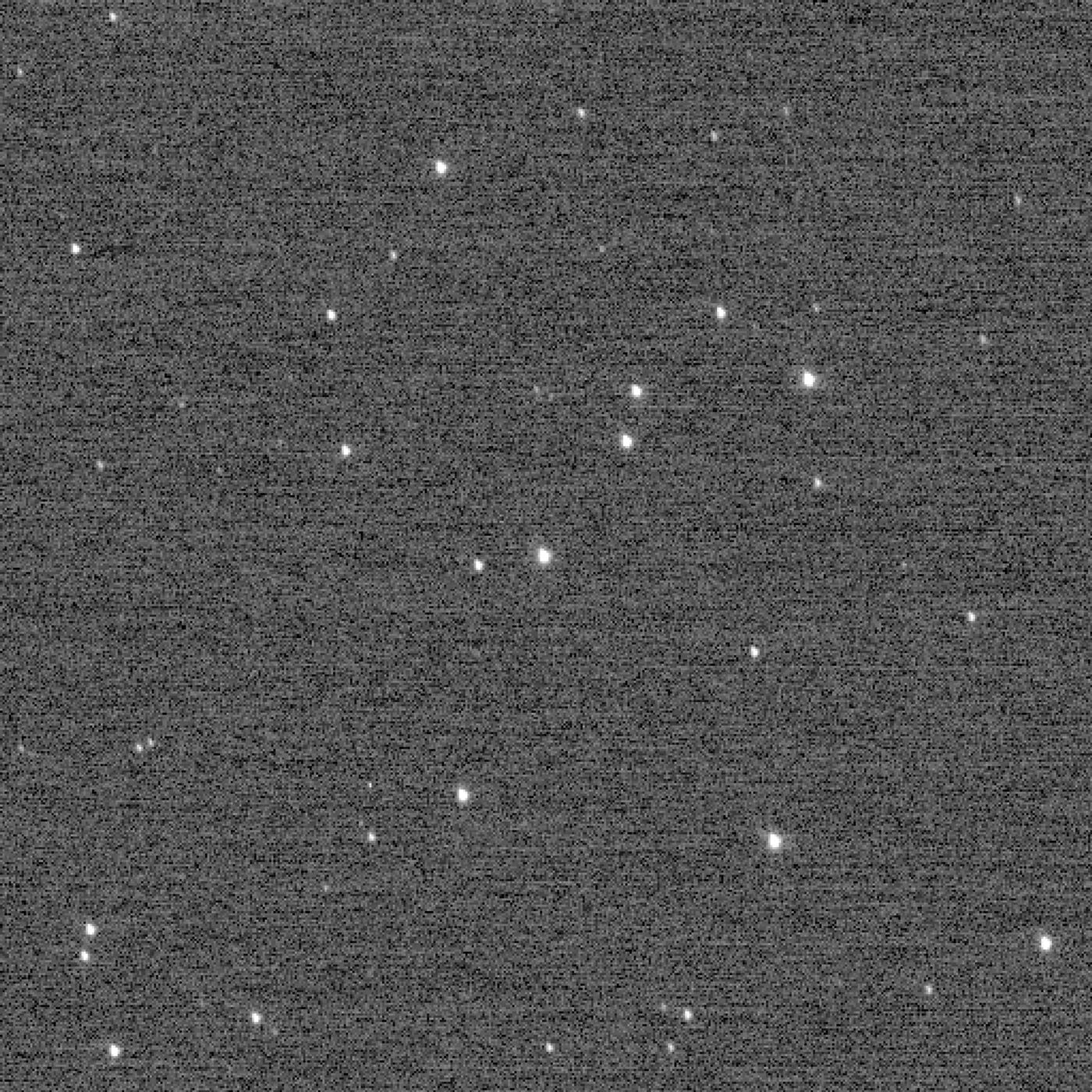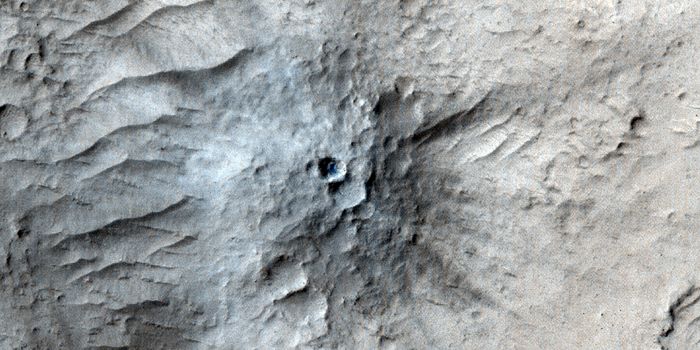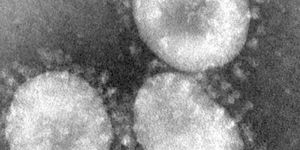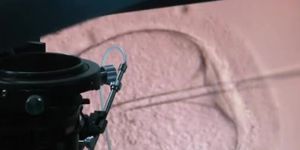New Horizons Probe Shatters More Records
Despite serving its primary purpose during the 2015 Pluto fly-by, NASA’s New Horizons spacecraft continues to break new records even today.
Citing NASA, the probe’s Long-Range Reconnaissance Imager (LORRI) captured the following photograph of a galactic open star cluster known as the “Wishing Well” on December 5th, and it did so from more than 3.79 billion miles away from Earth:
Image Credit: NASA/JHUAPL/SwRI
NASA says this number is significant because it’s the most distant photograph ever captured from Earth. Comparatively, NASA’s Voyager 1 spacecraft captured the famous ‘Pale Blue Dot’ image of Earth from 3.75 billion miles away back in 1990.
But if that wasn’t impressive enough, LORRI broke its own record when it snapped pictures for a second time just two hours later. On the other hand, the second set of images were of Kuiper Belt objects 2012 HZ84 and 2012 HE85 instead.
"New Horizons has long been a mission of firsts—first to explore Pluto, first to explore the Kuiper Belt, fastest spacecraft ever launched," explained New Horizons Principal Investigator Alan Stern. "And now, we've been able to make images farther from Earth than any spacecraft in history."
Related: New Horizons observes its first object in the Kuiper Belt
But distant photography isn’t the only record New Horizons broke in recent memory. On December 9th, the spacecraft completed the most distant course-correction maneuver ever performed by a space probe.
This minor adjustment tweaked New Horizons’ trajectory just enough to help it reach its destination: an icy Kuiper Belt Object (KBO) called 2014 MU69. The fly-by, expected to transpire on January 1st, 2019, will the first time any spacecraft flies so close to a KBO.
It goes without saying that New Horizons still packs plenty of scientific use despite completing its primary objective. It should be interesting to see how this future fly-by opportunity inspires scientific research; perhaps it’ll even teach us more about the contents of the outer solar system.
Source: NASA









